Vertical Farming's Energy Dilemma: Balancing Productivity and Sustainability
The concept of vertical farming has captured the imagination of urban planners, environmentalists, and agricultural innovators alike. By stacking crops in controlled indoor environments, this method promises year-round production, reduced water usage, and the elimination of pesticides. However, beneath the glossy veneer of this high-tech solution lies a contentious debate about its energy consumption. The question isn't whether vertical farming can feed cities—it's whether the energy required to do so undermines its environmental benefits.
At first glance, vertical farming appears to be a miracle of efficiency. Traditional agriculture sprawls across vast tracts of land, consuming freshwater reserves and contributing to deforestation. In contrast, vertical farms occupy a fraction of the space while yielding comparable or even superior harvests. But this spatial efficiency comes at a cost: artificial lighting, climate control, and hydroponic systems demand substantial electricity. Unlike open fields bathed in free sunlight, indoor farms rely entirely on LEDs, which account for nearly 60% of their energy expenditure. The remaining power fuels air circulation, humidity regulators, and nutrient delivery systems—each component critical to replicating nature's balance.
The energy intensity of vertical farming becomes stark when compared to conventional alternatives. Studies indicate that lettuce grown in vertical facilities consumes over 100 times more energy per kilogram than field-grown varieties. This disparity stems from the fundamental physics of photosynthesis. Sunlight delivers energy at no cost, whereas LEDs convert grid electricity into photosynthetically active radiation with significant losses. Even with advancements in lighting technology, the sheer volume of bulbs needed to illuminate multi-tiered farms creates an insatiable appetite for power. Proponents argue that renewable energy could offset this demand, but the reality is more nuanced. Solar and wind installations would require enormous footprints to sustain large-scale vertical farms—ironically reintroducing land-use concerns the technology aims to circumvent.
Climate further complicates the energy equation. A vertical farm in Sweden must expend far more energy on heating than one in Singapore, where ambient temperatures align with crop requirements. This geographical variance means energy ratios fluctuate dramatically based on location. Some operators attempt to mitigate this by situating farms in industrial zones to capture waste heat, or underground to exploit geothermal stability. These adaptive strategies highlight the industry's creativity, but they don't eliminate the core issue: energy remains the limiting factor in vertical farming's scalability.
Emerging technologies promise incremental improvements. Next-generation LEDs now deliver specific light wavelengths that plants utilize most efficiently, reducing wasted energy. Automated systems optimize lighting schedules to match growth phases, dimming or brightening in response to real-time plant metrics. Meanwhile, breakthroughs in photovoltaic glass could someday allow skyscraper farms to harness sunlight directly through their facades. However, these innovations exist primarily in pilot projects, leaving most commercial operations dependent on today's imperfect solutions.
The debate ultimately hinges on whether society values certain benefits enough to justify the energy premium. Vertical farming eliminates agricultural runoff, a leading cause of water pollution. It slashes food miles by growing produce within city limits, cutting transportation emissions. For water-scarce regions like the Middle East, the trade-off between energy and freshwater savings may tilt favorably. The calculus differs for temperate zones with abundant arable land, where the case for vertical farming leans more on premium organic produce than environmental necessity.
As the industry matures, hybrid models may emerge as the most sustainable path. Rooftop greenhouses that combine natural light with supplemental LEDs, or "dark farms" that grow shade-tolerant crops without artificial lighting, could achieve partial vertical farming benefits at lower energy costs. Until fusion power or ultra-efficient solar cells revolutionize energy production, vertical farming's proponents must confront its Achilles' heel: no amount of innovation can repeal the laws of thermodynamics. The future of urban agriculture may not lie in towering LED-lit factories, but in smarter integrations with the renewable energy infrastructure we build to sustain them.

By /Jun 3, 2025
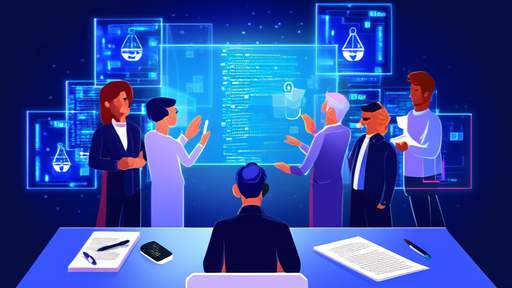
By /Jun 3, 2025
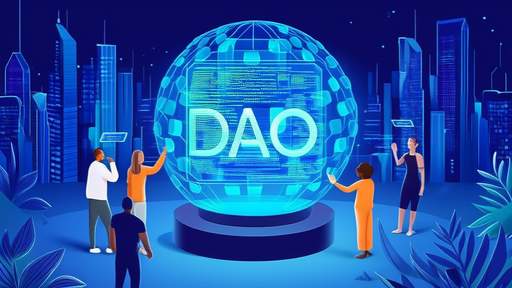
By /Jun 3, 2025

By /Jun 3, 2025
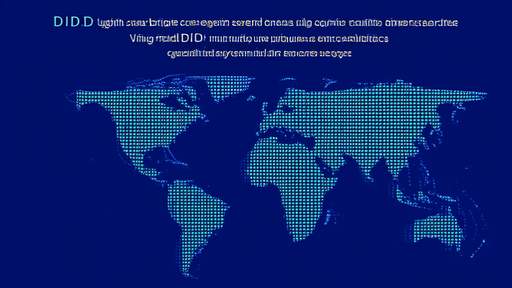
By /Jun 3, 2025
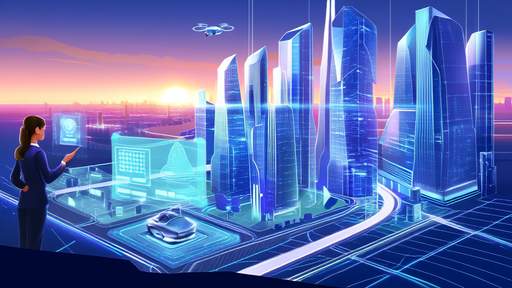
By /Jun 3, 2025

By /Jun 3, 2025

By /Jun 3, 2025
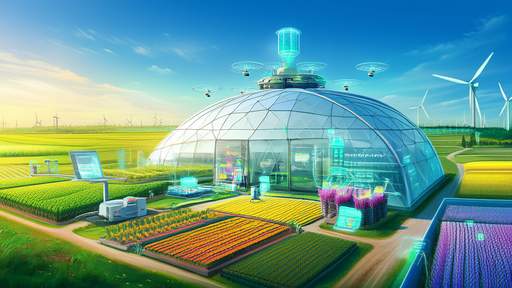
By /Jun 3, 2025

By /Jun 3, 2025
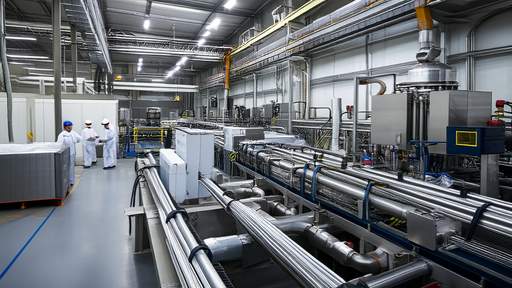
By /Jun 3, 2025

By /Jun 3, 2025
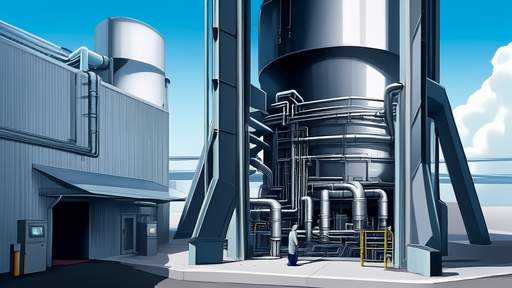
By /Jun 3, 2025
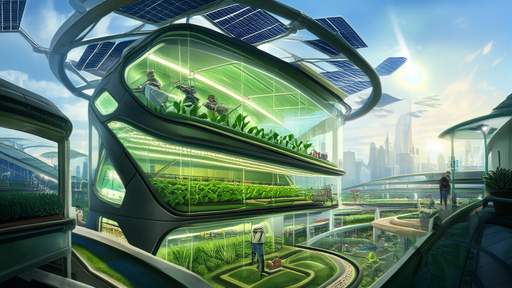
By /Jun 3, 2025
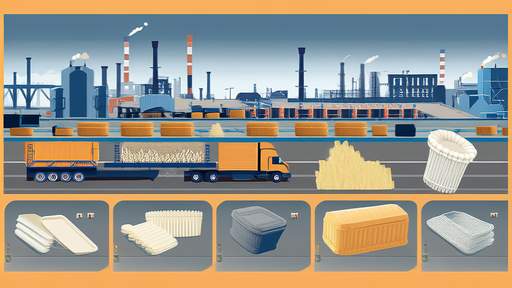
By /Jun 3, 2025
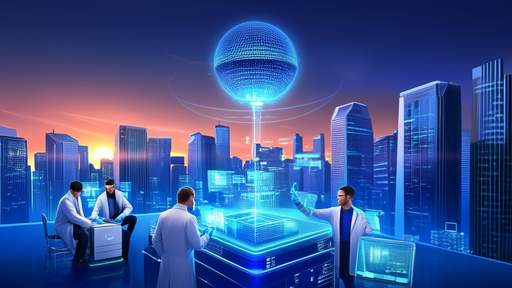
By /Jun 3, 2025
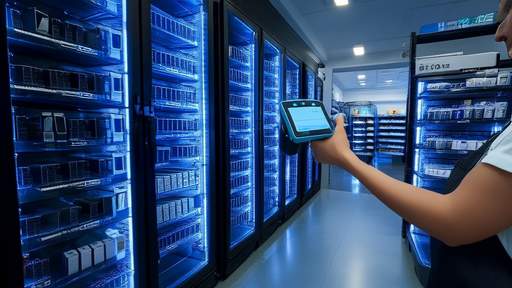
By /Jun 3, 2025
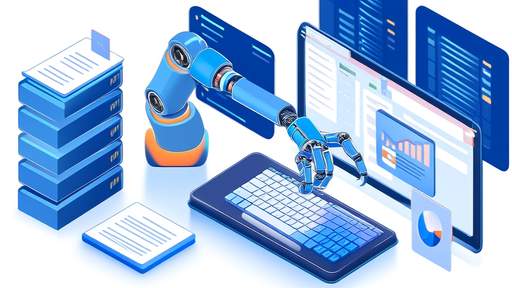
By /Jun 3, 2025
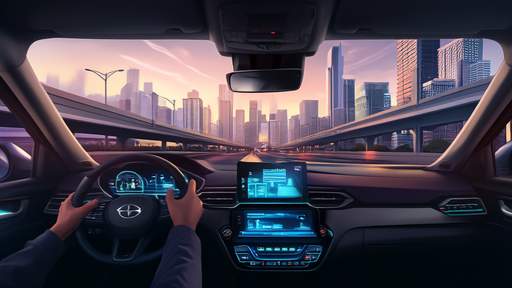
By /Jun 3, 2025

By /Jun 3, 2025